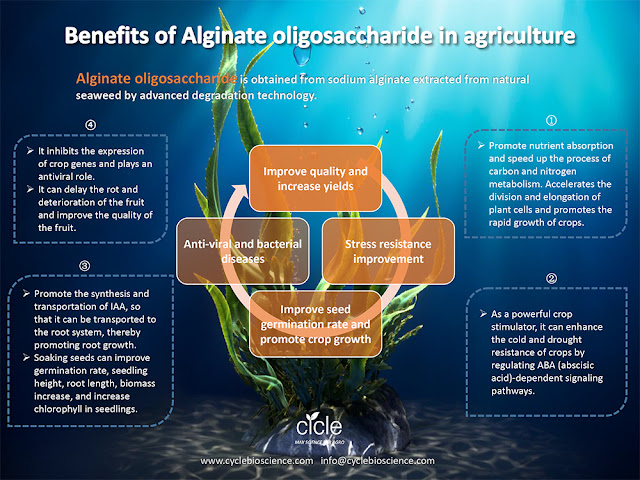Difference between Mineral fulvic acid and Biological fulvic acid
First of all, in terms of formation, mineral-sourced potassium fulvic acid residues of animals and plants are formed after tens of millions of years of soil microbial transformation, and what we call mineral-sourced fulvic acid is a small molecular organic compound extracted from lignite It is the most valuable part of humic acid for agricultural production and soil restoration. Biochemical products are currently made from sucrose, monosodium glutamate, and paper scraps.
Secondly, the amount of mineral potassium fulvic acid is only 1/10 of the amount of biochemical and biochemical potassium fulvic acid. Taking bottom application as an example, the amount of mineral source per mu is 300-500g, while the amount of biochemical potassium is more than 5-10 kg.
Third, in terms of composition, because the mineral fulvic acid is mainly extracted from lignite formed hundreds of millions of years, it is rich in functional groups such as hydroxyl, carboxyl, phenolic hydroxyl, and methoxyl groups, and has high activity. The main ingredients are polysaccharides, lignin, and protein, with few functional groups.Therefore, the effect of crop quality enhancement and soil remediation is naturally much better than ordinary biochemical fulvic acid. There is also mineral potassium fulvic acid, which is composed of 60-70 mineral elements, which is exactly what the soil needs to supplement. There is also the content of organic matter. Mineral fulvic acid is the essence formed by the remains of animals and plants. The content of organic matter is not as high as biochemical fulvic acid.
Fourth, the mineral fulvic acid has a unique structure and is suitable for fertilizer addition. The mineral-source fulvic acid has a large exchange capacity with a cavity structure, which can form a soil aggregate structure, improve fertilizer utilization, and at the same time does not absorb moisture. The biggest shortcoming of biochemical fulvic acid is that it is easy to absorb moisture. When used as a functional fertilizer and compound fertilizer additive, 1 ton of more than 25 kg will cause the fertilizer to seriously absorb moisture and agglomerate, or even become sludge. This is determined by its innate structure, and there is no effective solution in the industry.
The difference between fulvic acid, potassium fulvic acid and potassium humate
Fulvic acid is unstable after being decomposed in nature, and must be processed into fulvic acid to be stable, which is convenient for processing and storage. Secondly, potassium fulvic acid is compared with potassium humate. The molecular weight of potassium fulvic acid is generally between 300-500, and the molecular weight of potassium humate is hundreds of thousands to several million. After it enters the soil, it can be directly decomposed and utilized by crops, and potassium humate must be decomposed and transformed by microorganisms in the soil before it can be absorbed and utilized by crops. The cycle is relatively long.
For soil compaction plots, how to apply potassium fulvic acid for proper dosage
Potassium fulvic acid has a regulating effect on the soil, but it cannot be done overnight. Generally, 500g of fulvic acid per mu is applied to the soil. After years of use, the soil compaction can be gradually relieved. Because of the large number of microorganisms in the soil, the organic matter content will be greatly increased, the soil will become soft, the aggregate structure is good, and the water and fertilizer absorption capacity It usually takes 3-5 years to strengthen, and it will become fertile soil after 3-5 years.
Fulvic acid foliar fertilizer, compound fertilizer, flush fertilization, which one has the best effect?
The nature of fertilizer is different, and the way of fertilization is different.
Mineral-source fulvic acid compound fertilizer: generally not completely water-soluble, with long-term effect, can be used as a base fertilizer, can release the nutrients solidified in the soil, improve the utilization rate of the fertilizer itself, such as Henan, Hebei, Shandong and the south , Just apply the base fertilizer once a year. However, the growth cycle of the three northeast provinces is too long, and it is better to use twice.
Mineral-source fulvic acid foliar fertilizer: It has quick-acting effect. Obvious effects can be seen 2-3 days after spraying. The dosage is small. Use 3-6g of mineral-source fulvic acid in a sprayer, diluted 6000-8000 times and apply it. The crop is slightly different.
Mineral source fulvic acid flushing fertilization: 300g-500g flushing per mu of land, slightly different for different crops. At the same time, it can reduce the amount of fertilizer by about 20%-30%.






评论
发表评论